Combating Misinformation: CNN Experts Explain Resistance To Facts
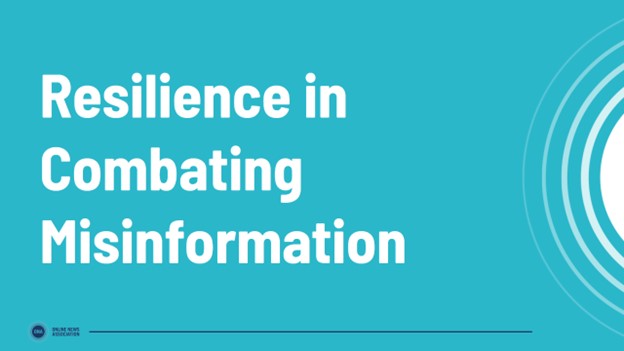
Table of Contents
The Psychology of Misinformation Resistance
Understanding why people resist facts requires delving into the psychological processes involved. Several key elements contribute to this resistance.
Cognitive Biases
Our brains are wired with shortcuts—cognitive biases—that can lead us to favor information confirming our pre-existing beliefs and reject contradictory evidence.
- Confirmation bias: This involves seeking out and interpreting information that confirms our existing beliefs while ignoring contradictory evidence. For example, someone who believes climate change is a hoax may selectively seek out articles supporting this view and dismiss scientific consensus as "fake news."
- Motivated reasoning: This is the tendency to process information in a way that supports pre-existing conclusions or desires. People might interpret ambiguous evidence to fit their preferred narrative, even if that requires ignoring contrary facts.
- Anchoring bias: This involves over-relying on the first piece of information received, even if it's inaccurate. This initial "anchor" can heavily influence subsequent judgments and interpretations.
- Availability heuristic: This involves overestimating the likelihood of events that are easily recalled, often due to their vividness or emotional impact. Sensational, false narratives can stick in memory more easily than factual, less dramatic information.
These biases, often operating unconsciously, significantly impede the acceptance of factual information, even when presented with strong evidence.
Emotional Responses to Information
Emotions play a crucial role in how we process information. Fear, anger, and anxiety can cloud judgment and make us more susceptible to emotionally charged narratives, even if they are factually inaccurate. Misinformation often leverages these emotions to create a sense of urgency or outrage, making it more persuasive than neutral, factual reporting.
- Fear-mongering: Misinformation campaigns frequently utilize fear to manipulate public opinion, promoting anxieties about specific groups or events.
- Anger-inducing narratives: Provocative headlines and emotionally charged language can fuel anger and resentment, leading to the spread of misinformation without critical evaluation.
- Anxiety and uncertainty: In times of uncertainty, people are more likely to grasp at readily available explanations, even if those explanations are false.
The Backfire Effect
Attempting to correct misinformation can sometimes paradoxically strengthen the false belief, a phenomenon known as the backfire effect. This occurs because directly confronting someone's deeply held belief can trigger defensive mechanisms, leading to increased resistance.
- Understanding the audience: Before attempting correction, understanding the individual's values, beliefs, and emotional state is crucial.
- Empathy and respectful communication: Approaching the issue with empathy and avoiding accusatory language can increase the likelihood of acceptance.
- Focus on shared values: Finding common ground and connecting the correction to the individual's values can make it more palatable.
The Social Dynamics of Misinformation
The spread of misinformation is not solely a psychological phenomenon; social dynamics also play a major role.
Echo Chambers and Filter Bubbles
Social media algorithms, designed to maximize engagement, often create "echo chambers" and "filter bubbles," where users are primarily exposed to information confirming their existing beliefs. This limited exposure to diverse perspectives reinforces biases and strengthens resistance to contradictory information.
- Algorithmic bias: Social media algorithms prioritize content that generates high engagement, often amplifying sensational or emotionally charged misinformation.
- Limited exposure to diverse viewpoints: The lack of exposure to alternative perspectives hinders critical evaluation and reinforces pre-existing biases.
- Political polarization: Echo chambers contribute to increased political polarization by reinforcing extreme viewpoints and limiting constructive dialogue.
Group Identity and Social Influence
Our group affiliations significantly influence our beliefs and acceptance of information. In-group bias, favoring members of our own group, and out-group hostility, distrusting those outside our group, can lead to the acceptance of misinformation aligning with our group's identity.
- Tribalism and identity politics: Misinformation often exploits pre-existing group identities to divide and polarize populations.
- Social pressure and conformity: Individuals may suppress their own doubts and accept misinformation to conform to the beliefs of their social group.
- Resistance to information challenging group identity: Information challenging the beliefs of a group can be met with hostility and rejection.
The Role of Authority and Trust
Trust in information sources is paramount. Misinformation often exploits this trust by masquerading as credible information from authoritative sources.
- Fake experts and fabricated credentials: Misinformation campaigns often use fabricated credentials or misrepresent the expertise of individuals to gain credibility.
- Impersonation of legitimate organizations: Misinformation purveyors can imitate trusted organizations, government agencies, or news outlets to enhance their credibility.
- Exploiting existing trust relationships: Misinformation can leverage pre-existing trust relationships between individuals and institutions to spread false information more effectively.
Combating Misinformation: Strategies and Solutions
Combating the spread of misinformation requires a multi-pronged approach targeting both individual and societal levels.
Media Literacy Education
Equipping individuals with media literacy skills is crucial. This involves teaching critical thinking, source evaluation, and fact-checking techniques.
- Source verification: Learning to identify credible sources and assess their bias.
- Fact-checking methodologies: Understanding how to effectively verify information using multiple sources and evidence.
- Identifying propaganda and manipulative techniques: Recognizing common tactics used to spread misinformation, such as emotional appeals, misleading headlines, and logical fallacies.
Fact-Checking and Verification
Independent fact-checking organizations play a vital role in identifying and debunking misinformation. However, it's important to recognize their limitations—they can't catch every instance of misinformation and their effectiveness depends on public awareness and engagement.
- Utilizing reputable fact-checking websites: Familiarizing oneself with established and trustworthy fact-checking organizations (e.g., FactCheck.org, PolitiFact).
- Understanding the limitations of fact-checking: Recognizing that fact-checking is a continuous process and cannot address every instance of misinformation.
- Supporting fact-checking initiatives: Promoting and supporting independent fact-checking organizations through donations or advocacy.
Promoting Critical Thinking Skills
Encouraging critical thinking is essential for navigating the complex information landscape. This involves questioning assumptions, evaluating evidence, and seeking multiple perspectives.
- Developing skepticism: Cultivating a healthy skepticism towards information received online and offline.
- Evaluating evidence and sources: Assessing the quality and reliability of evidence presented, considering potential biases and conflicts of interest.
- Seeking diverse perspectives: Actively seeking out diverse viewpoints and engaging in constructive dialogue.
Conclusion: Overcoming Resistance to Facts and Combating Misinformation Effectively
Combating misinformation requires a concerted effort to address both the psychological and sociological factors contributing to its spread and acceptance. Cognitive biases, emotional responses, social dynamics, and a lack of media literacy all play a crucial role. Effective strategies involve promoting media literacy education, supporting independent fact-checking initiatives, and fostering critical thinking skills. By empowering individuals with the tools to critically evaluate information and encouraging responsible information sharing, we can collectively work towards a more informed and resilient society. Let's actively combat misinformation by becoming responsible consumers and disseminators of information—promoting media literacy, critically evaluating sources, and supporting fact-checking initiatives in our own lives and communities.

Featured Posts
-
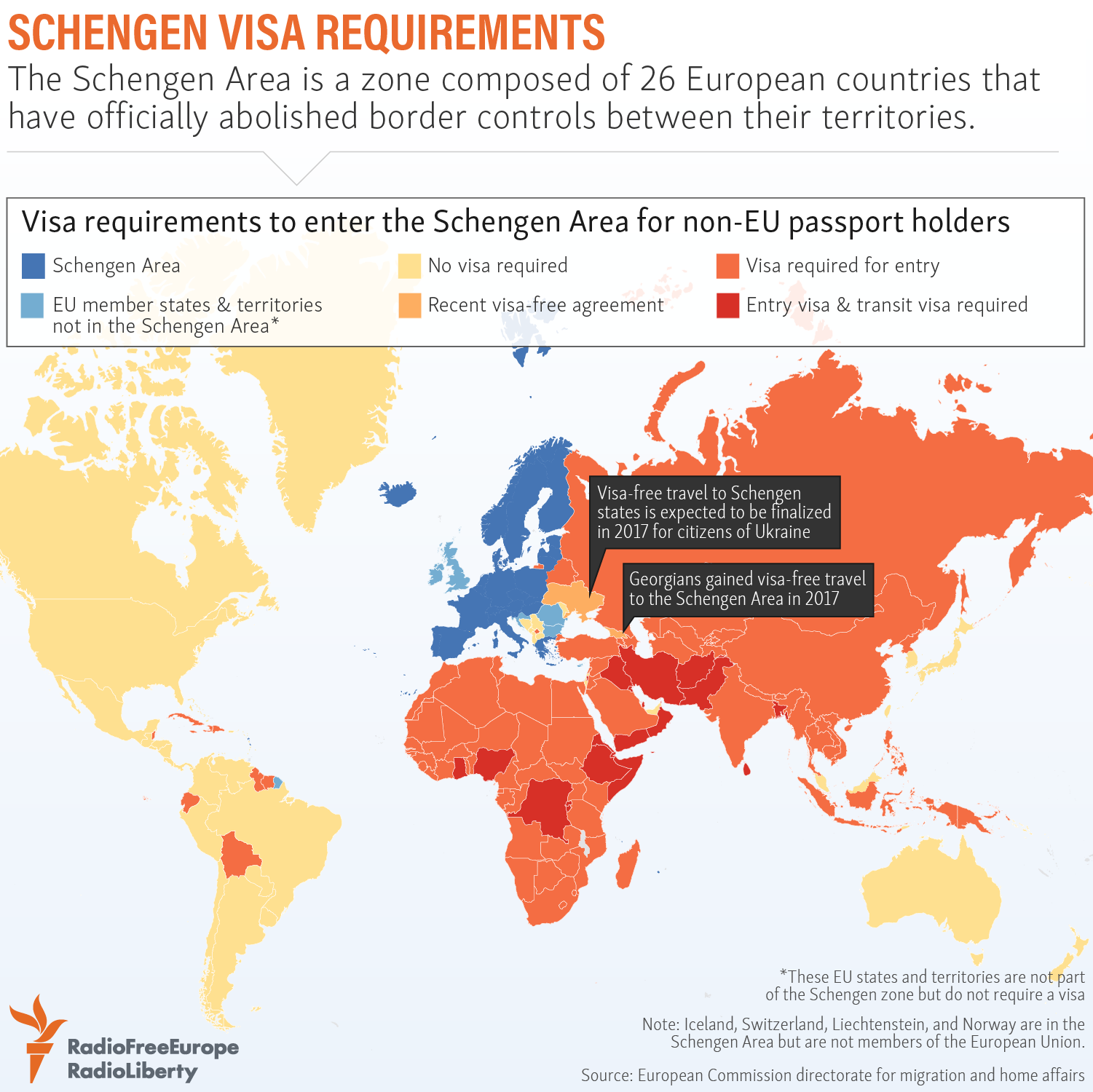 Navigating This Country Visa Requirements And Transportation
May 03, 2025
Navigating This Country Visa Requirements And Transportation
May 03, 2025 -
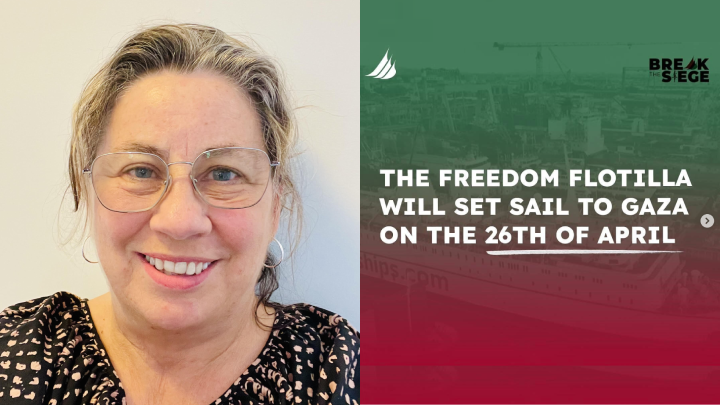 Malta Coast Gaza Freedom Flotilla Issues Sos Following Drone Attack Claim
May 03, 2025
Malta Coast Gaza Freedom Flotilla Issues Sos Following Drone Attack Claim
May 03, 2025 -
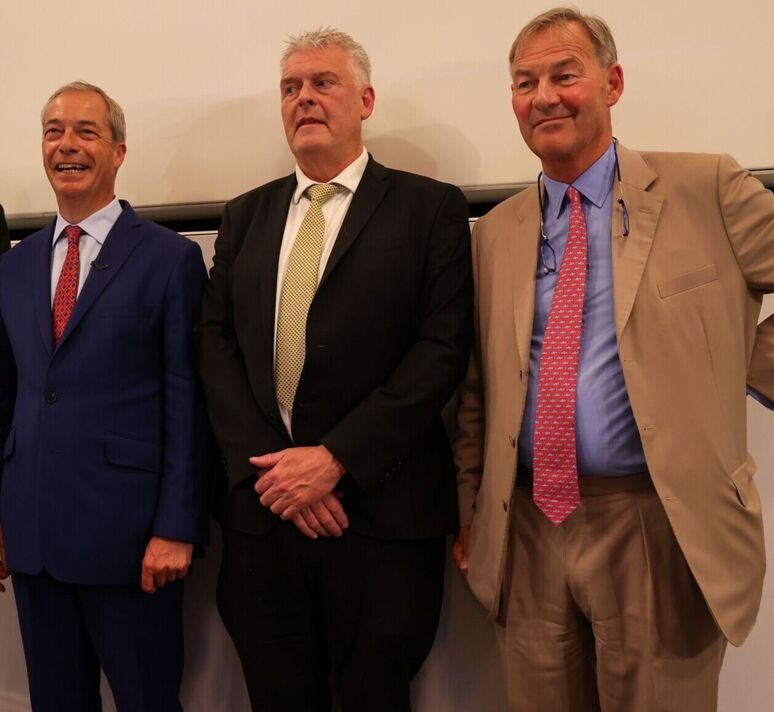 Rupert Lowe V Nigel Farage Defamation Case Highlights Political Fallout
May 03, 2025
Rupert Lowe V Nigel Farage Defamation Case Highlights Political Fallout
May 03, 2025 -
 Access To Birth Control Examining The Post Roe Otc Landscape
May 03, 2025
Access To Birth Control Examining The Post Roe Otc Landscape
May 03, 2025 -
 Ngo Condemns Drone Attack On Gaza Aid Ship
May 03, 2025
Ngo Condemns Drone Attack On Gaza Aid Ship
May 03, 2025
Latest Posts
-
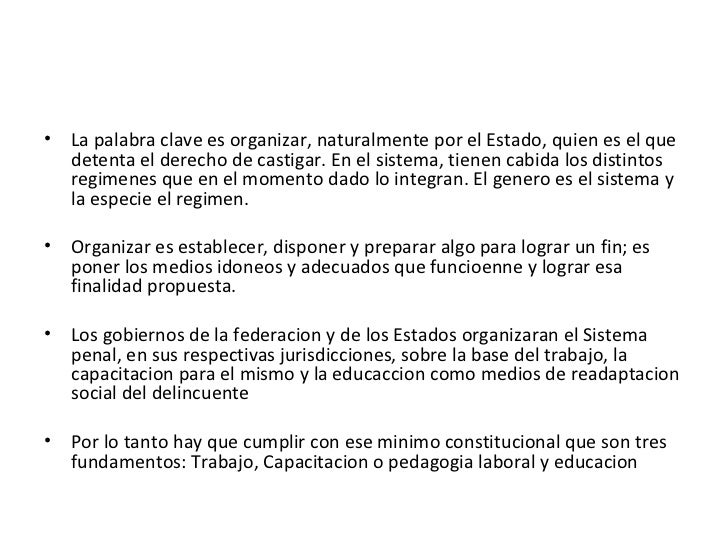 Actualizacion Del Sistema Penitenciario 7 Nuevos Vehiculos En Operacion
May 03, 2025
Actualizacion Del Sistema Penitenciario 7 Nuevos Vehiculos En Operacion
May 03, 2025 -
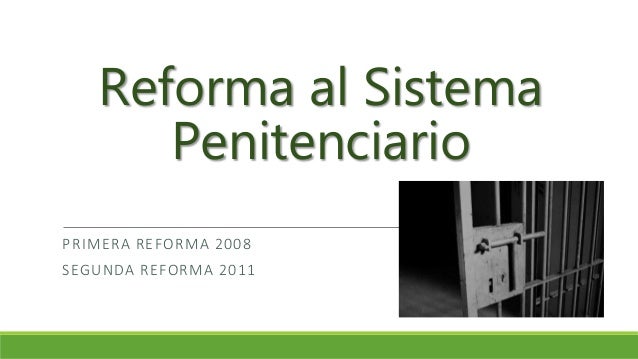 Refuerzan Seguridad Entregan 7 Vehiculos Al Sistema Penitenciario
May 03, 2025
Refuerzan Seguridad Entregan 7 Vehiculos Al Sistema Penitenciario
May 03, 2025 -
 Uk Local Elections Will Nigel Farages Reform Party Succeed
May 03, 2025
Uk Local Elections Will Nigel Farages Reform Party Succeed
May 03, 2025 -
 Sistema Penitenciario Recibe Flota De 7 Vehiculos Nuevos
May 03, 2025
Sistema Penitenciario Recibe Flota De 7 Vehiculos Nuevos
May 03, 2025 -
 Councillors Defection To Reform A Major Blow For Labour
May 03, 2025
Councillors Defection To Reform A Major Blow For Labour
May 03, 2025
